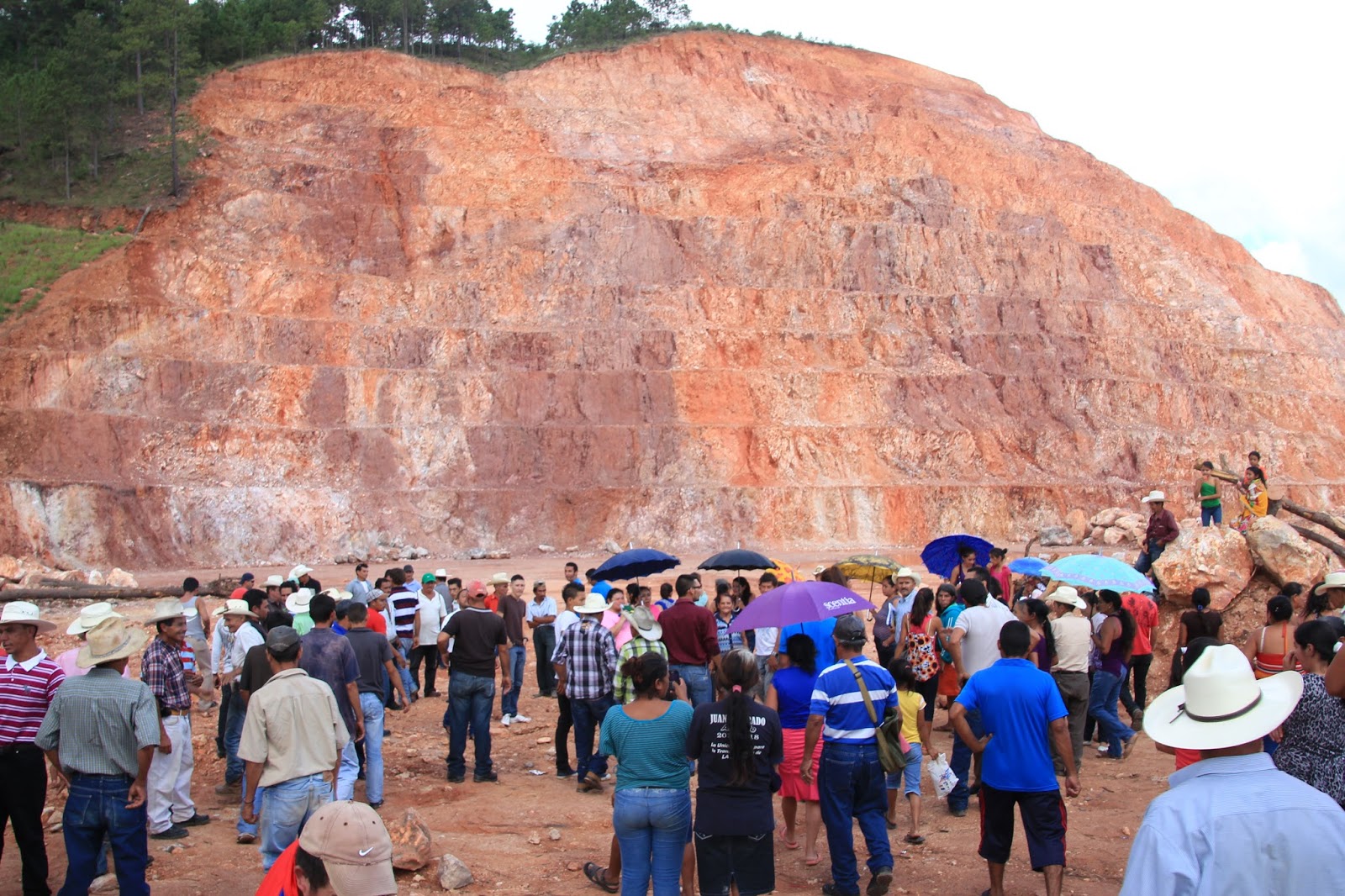Four Months of Manipulation: Electing the Honduran Supreme Court Magistrates
/Last night, the Honduran National Congress was unable to secure the 86 votes necessary to approve the final 15 proposed Supreme Court magistrate candidates for the 2016-2023 period. Congress will try again this evening by secret vote, a strategy that the opposition claims will hide the identities of congressional representatives that have sold their vote to the National Party. The political opposition and Honduran social movement have been critical of the election processes that narrowed the candidate pool in approximately four months, as stated by law, from 200 to 97 to 45 to 15 final contestants.
In the center of the militarized perimeter surrounding the National Congress, the opposition voted against the 15 proposed magistrates - 13 from the Anti-Corruption party (PAC), 31 reps from LIBRE party (two abstained due to their position in the Multi-partisan Commission), 1 from the Innovation and Unity Party (PINU), and surprisingly 1 congressional representative from the traditional Liberal party. In total, 82 voted in favor, 44 against, falling 4 votes short of the 86-vote majority that is needed.
Source: Pasos de Animal Grande
In the midst of corruption and irregularities, its difficult to pay attention to a process that is indeed very important on an institutional level, but that is so unsurprisingly flawed and representative of the decades-old status quo in Honduras: the exclusion of the political opposition and social movement and their lack of real institutional power; corruption at every level of the process; the manipulation of the Judiciary by the Executive and Legislative branches of government; and the on-going bipartisan power and domination of the National and Liberal party that represent the ten to twelve families of the Honduran political and economic elite (the oligarquía).
Throughout the four-month process, frequent acts of manipulation and corruption were reported by the independent media, the political opposition, and the diverse Honduran social movement. Below is a list of some of the reported irregularities. A full description of the nomination process in Spanish can be found here.
The election process and role of the Nominating Board (Junta Nominadora):
The Board is responsible for narrowing the list of 200 candidates to 45 and presenting their nominations to the National Congress. By law, the Junta consists of seven individuals that are nominated by each of the seven organizations/groups including the Supreme Court; Assembly of the National Bar Association; National Human Rights Commissioner; The National Council for Private Enterprise (COHEP); Assembly of Legal Scholars from Law Faculties or Schools; Civil Society Organizations; and Assembly of the Labor Federations.
Irregularities:
** The Coalition Against Impunity that is formed by more than 20 organizations of civil society raised concerns about the manipulation by the Evangelical Brotherhood to impose a candidate on behalf of Civil Society Organization, that defends and represent the interests of the government.
** According to the Coalition Against Impunity, the selection of 45 candidates were made based on individual and political preferences of the seven representatives of the Nomination Board instead of on merit, ability, and professional preparation.
** The Board requested information from the U.S. Embassy regarding the candidates. The U.S. Embassy responded with names of 27 candidates that the U.S. believes have been involved in “professional and personal activities that have been on the fringes of the law.”
Transparency and disclosure of information about Supreme Court magistrate candidates:
Irregularities:
** The Institute for Access to Public Information (IAIP) sanctioned the Nomination Board for not disclosing the results of poly-graph tests, investigations of economic status of candidates (used to detect financial irregularities, drug trafficking, corruption, etc), and psychological analysis of each of the 200 nominees.
** Of the 15 final candidates, 8 are affiliated with the National Party and 7 with the Liberal Party. There are no candidates belonging or affiliated with any of the opposition parties.
** Some of the candidates, including those that made it to the final 15 have questionable backgrounds linked to human rights abuses and/or strong political/economic interests:
- Three candidates accepted by the Nomination Board were involved in the arbitrary firing of four judges following the June 2009 coup. The judges’ behaviours were scrutinized by the InterAmerican Court of Human Rights in the Case López Lone y otros Vs. Honduras
- Miriam Suyapa Barahona Rodriguez (Liberal party candidate): One of four magistrates involved in banning Julio Ernesto Alvarado from working as a journalist in Honduras, as a result of a charge against him for criminal defamation. Ernesto Alvardo worked for the opposition TV channel, TV Globo.
- Karla Patricia Garcia Arita (National party candidate): Involved in opening charges against overthrown President Manuel Zelaya, and declared a constitutional challenge to tax increases approved in 2013 on the tail of the IMF agreement, inadmissible.












